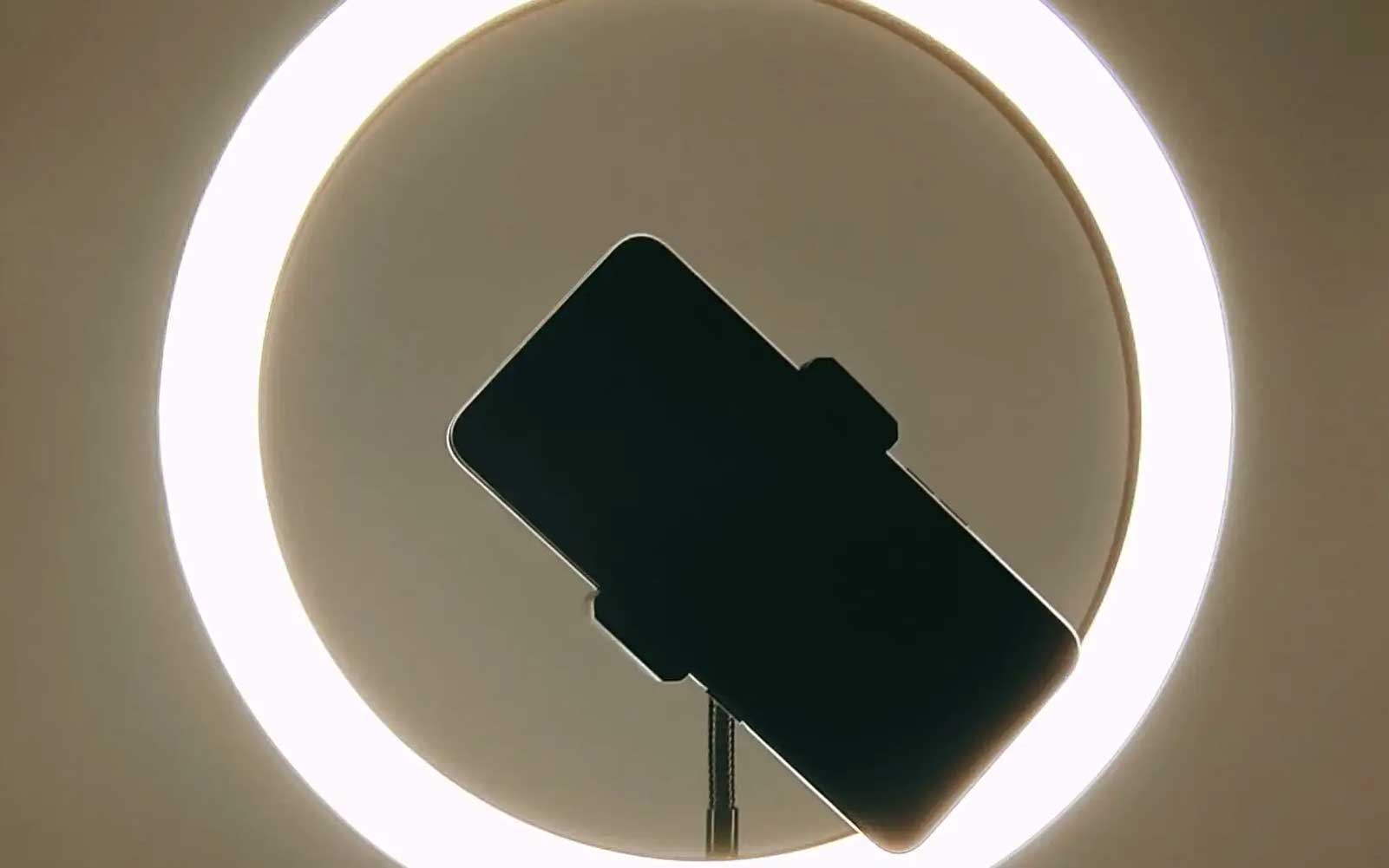
How can a brand earn tens of millions of dollars a year from photography fill lights?
With the popularity of short videos, it has gradually spread to thousands of households, not only pushing the Internet celebrity economy to its peak, but also bringing prosperity to photography fill light equipment manufacturers. A large number of pictures and videos are shot, produced and disseminated, making mobile phones, cameras and other hardware equipment a necessity for people.
According to relevant data, the photography accessories market value in 2022 is 3.1 billion US dollars, and it is expected to exceed 8.4 billion US dollars by 2030, with a compound annual growth rate of 13.2%. Among them, the demand for live broadcast fill light, photography fill light, video fill light and other needs continues to emerge.
As more people devote themselves to social media content creation, the demand for photography equipment and shooting auxiliary products has surged, especially the photography accessories market such as fill light has grown rapidly. Against this background, DTC brands focusing on fill light have shown great potential.
In 2023, Lume Cube’s annual revenue exceeded 10 million US dollars, and many products ranked in the top 10 of Amazon France BS list. In the Internet information age, the founders of Lume Cube keenly captured the huge demand in the accessories market such as smartphones and camera photography, and were determined to create a digital lighting device for electronic products.
In 2014, GoPro and iPhone were very popular in the content creation field. The founding team of Lume Cube realized that despite having high-quality photographic equipment, the right light was essential to improve the quality of photography. At that time, there was a lack of lighting products designed specifically for these two products on the market. Therefore, Lume Cube decided to develop a lighting lamp for iPhone and GoPro.
In December of the same year, Lume Cube released a product prototype and marketing video on the crowdfunding platform Kickstarter, raising nearly $230,000 in just one month and gaining thousands of supporters and orders. This verified the feasibility of their idea and proved the demand of consumers for such products.
In order to further expand the market, Lume Cube no longer relied on crowdfunding platforms, but adopted a new operating model. At first, they adopted the traditional distribution model and quickly opened up the market through the agent retailer channel, but the collection cycle of the distribution model put pressure on cash flow.
In 2018, the three founders decided to transform the DTC model, establish their own sales channels, and open a brand independent station. They invested heavily in video and picture ads to drive traffic to the brand independent station, focusing on increasing website traffic and converting traffic.
As a direct-to-consumer brand business model, the DTC model made Lume Cube realize that it needed to expand its product categories to meet market demand. They gradually expanded their core product categories to selfie lights, live broadcast lights, macro lights, tattoo lights, etc., and supplemented them with accessories such as backpack clips, video stands, and mobile phone stands to increase market share and brand influence.
Lume Cube’s independent station traffic strategy is quite wise. When natural traffic declines or stagnates, they will increase paid traffic to increase overall traffic. This complementary strategy is applicable to most websites. Lume Cube’s success also benefits from the support of overseas social media and influencers.
Knowing the brand audience well, Lume Cube’s official website is simple and intuitive. The website clearly places best-selling products and brands in a prominent position in the navigation bar to meet user access needs. In the product column, Lume Cube divides brand products in detail according to categories such as workspaces, creators, and accessories, helping consumers easily choose the products they need and improve the purchasing experience, thereby promoting website conversion rates and store sales.
In the user section, Lume Cube has specially set up a KOL Internet celebrity zone, which is segmented from multiple social media platforms such as Youtube, TikTok, and Ins, reducing the user’s purchase troubles.
Lume Cube’s social media marketing strategy is also excellent. They have formulated a series of marketing plans for target users – media industry practitioners who are active on social media platforms. Lume Cube has layouts on mainstream platforms such as Instagram, TikTok, YouTube, and Facebook, and implements differentiated marketing based on platform characteristics.
On TikTok, Lume Cube’s account @lumecube has more than 17,000 subscribers. They publish interesting brand product reviews and usage tutorials to attract the attention of young users. At the same time, they also actively participate in hot topic challenges related to photography and shooting skills, cooperate with KOLs in vertical fields, accurately attract users who are interested in photography videos, and increase brand exposure.
On Instagram, Lume Cube has 196,000 subscribers. They publish beautiful photography photos, videos, and pictures of fill light usage scenes to show the appearance and actual application effects of the product and attract user attention. At the same time, adding popular topic tags increases content exposure and attracts more traffic for the brand.
Lume Cube also actively cooperates with outstanding creators in the field of photography to create wonderful pictures and display them on the independent website to attract more consumers. This strategy of focusing on user-generated content and influencer marketing has made Lume Cube a huge success in the DTC brand field.



